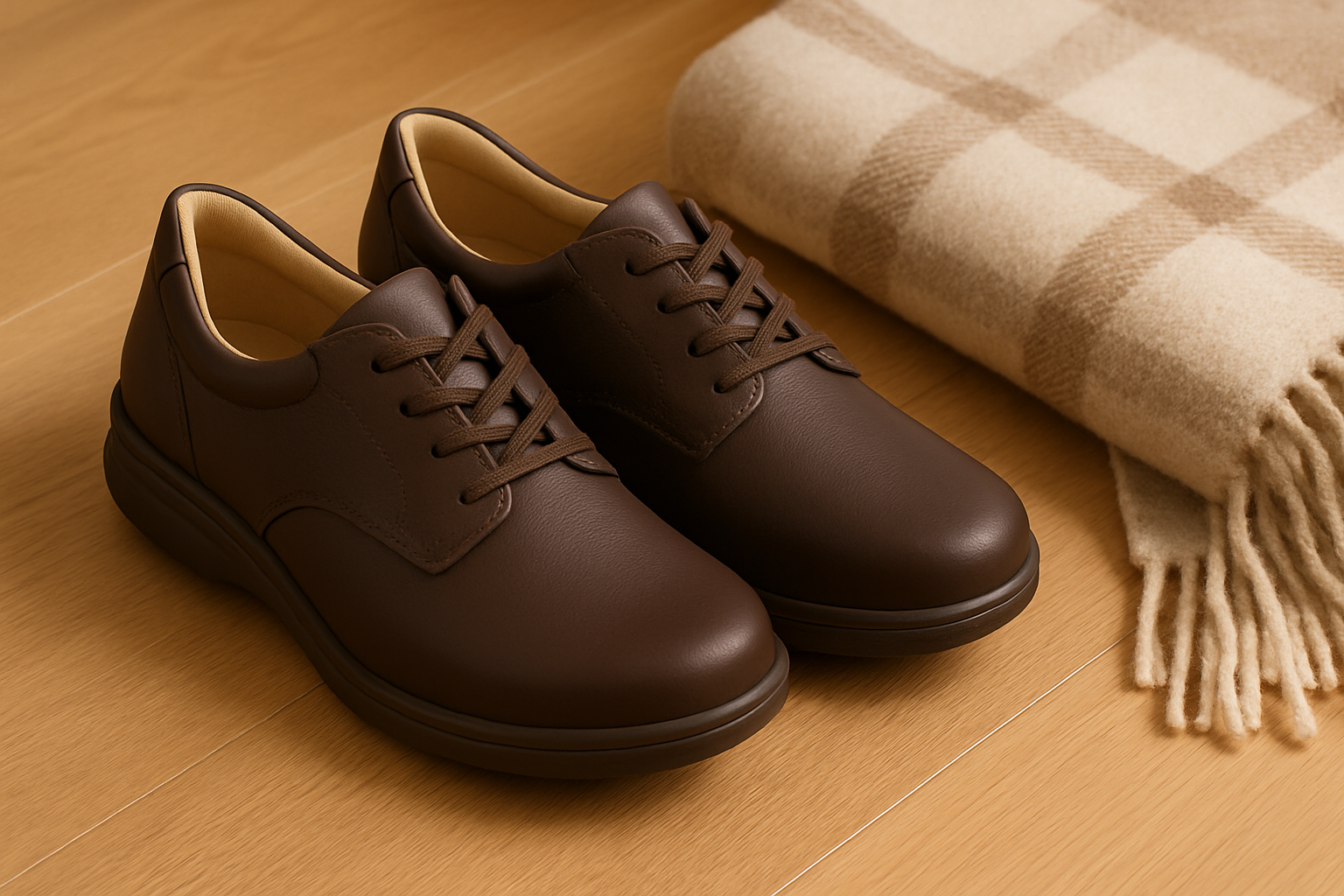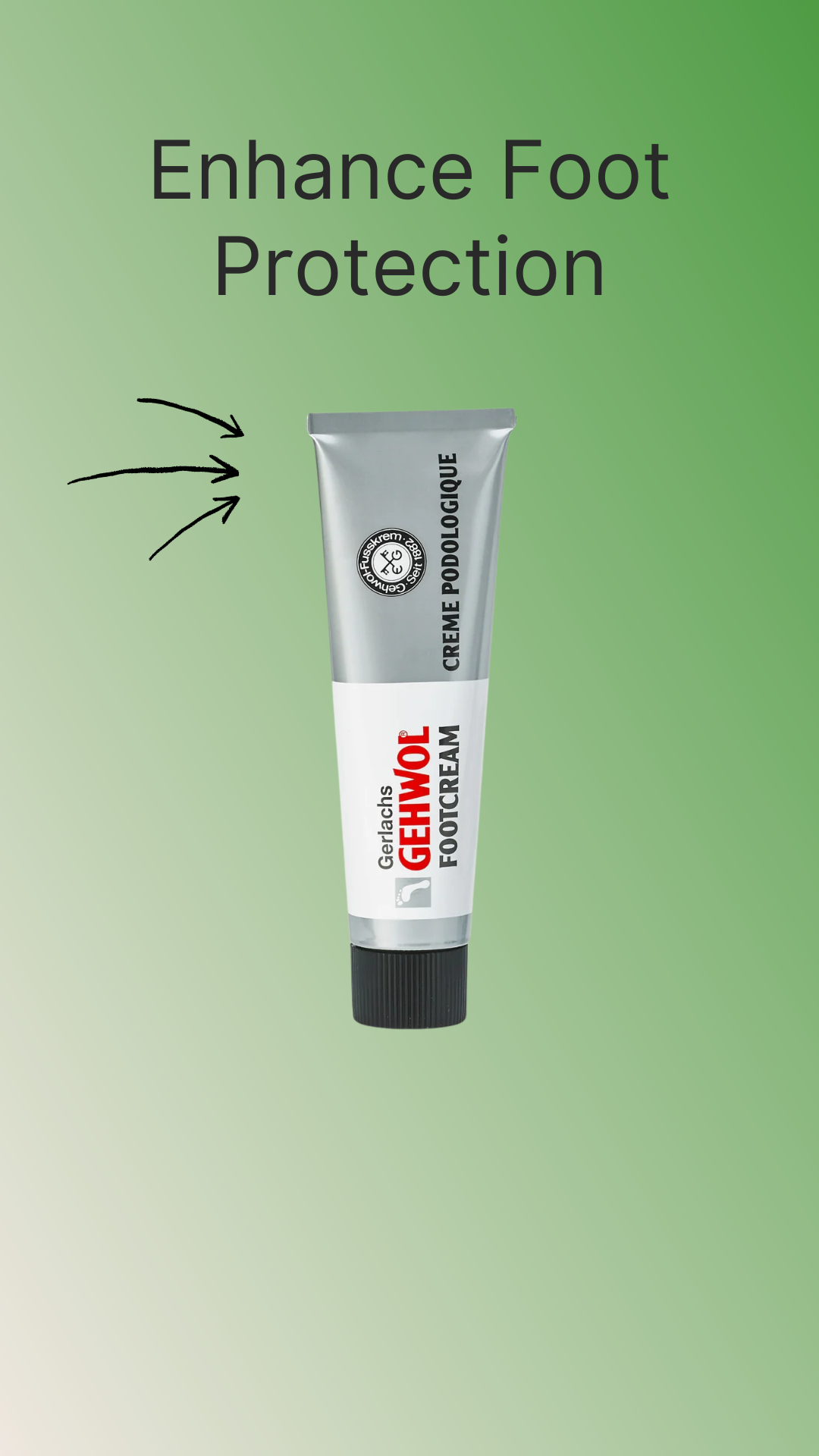Introduction
Poor circulation, also called peripheral arterial disease (PAD) or simply reduced blood flow, is a condition that affects many people in the UK, particularly older adults and those living with diabetes, vascular disease, or sedentary lifestyles. Symptoms often include cold feet, swelling (edema), numbness, tingling, or fatigue in the legs.
When circulation is impaired, feet become more vulnerable to injuries, infections, and ulcers. Without proper care, these issues can escalate into serious complications. While medical management is essential, footwear also plays a vital role. The best shoes for poor circulation provide warmth, protection, extra cushioning, and stability—helping to reduce discomfort and encourage mobility.
In this guide, we’ll explore the key features of circulation-friendly shoes, how they improve daily life, and why investing in supportive orthopedic footwear is crucial for health and independence.
Why Shoes Are Important for Poor Circulation
Warmth & Thermal Protection
Cold feet are one of the most common symptoms of poor circulation. Shoes lined with insulating but breathable materials help regulate temperature and keep feet warm without overheating.
Pressure Relief
Reduced circulation makes skin more fragile and prone to ulcers. Shoes with cushioned insoles and seamless linings prevent rubbing, reducing the risk of pressure sores.
Improved Mobility
Supportive orthopedic shoes reduce fatigue and make walking easier, encouraging gentle movement, which itself improves circulation.
Safety from Injuries
Because people with poor circulation may also experience neuropathy (reduced sensation), they might not notice cuts or blisters. Protective footwear ensures feet remain shielded from accidental damage.
Key Features of the Best Shoes for Poor Circulation in the UK
Cushioned, Removable Insoles
Soft, shock-absorbing insoles reduce pressure on sensitive feet. Removable options allow for custom orthotics.
Extra Width & Depth
Accommodates swelling and provides space for socks designed to improve circulation.
Warm, Breathable Materials
Leather or advanced textiles regulate temperature, keeping feet warm in cold weather but preventing overheating indoors.
Seamless Interiors
Seam-free designs reduce friction, lowering the risk of ulcers or blisters.
Rocker Soles
Encourage smooth walking motion, reducing strain on feet and promoting natural circulation through movement.
Lightweight & Stable Construction
Poor circulation can cause leg fatigue. Lightweight orthopedic shoes with stable bases allow for safe, energy-efficient walking.
Easy Closures
Velcro straps or wide zips make it easier to put shoes on, even for those with limited mobility or hand strength.

Everyday Benefits of Orthopedic Shoes for Poor Circulation
-
Warmer feet: Insulated yet breathable shoes keep toes comfortable.
-
Less swelling: Wide, cushioned shoes reduce tightness and allow better blood flow.
-
Safer steps: Slip-resistant soles reduce fall risks.
-
Better posture: Correct alignment eases pressure on legs and lower back.
-
Independence: Easy-to-wear shoes encourage self-sufficiency.
-
Confidence outdoors: Protective shoes let wearers enjoy social visits, errands, and walks without fear of discomfort.
Lifestyle Scenarios
-
Winter outings: Supportive, warm orthopedic shoes keep feet comfortable during cold UK days.
-
Everyday errands: Cushioned shoes reduce fatigue when walking around shops or commuting.
-
At home: Circulation-friendly footwear doubles as safe house shoes, protecting against cold floors.
-
Gentle exercise: Encouraging light walks helps improve circulation naturally.
FAQ – Shoes for Poor Circulation
Q: Do heated shoes help poor circulation?
A: Heated insoles or thermal-lined shoes can help, but the key is insulation and protection rather than external heat.
Q: Can poor circulation shoes prevent ulcers?
A: They reduce risk significantly by cushioning and protecting fragile skin, but medical care is still essential.
Q: Are diabetic shoes suitable for poor circulation?
A: Yes, diabetic-friendly shoes often provide the extra depth, seamless interiors, and protective structure that benefit circulation problems.
Q: Should circulation-friendly shoes be worn indoors?
A: Yes, constant protection keeps feet warm and safe from injury, especially for those with neuropathy.
Q: Can compression socks be worn with these shoes?
A: Yes, circulation socks pair well with wide-fit orthopedic shoes, enhancing blood flow and reducing swelling.
Q: How often should shoes be replaced?
A: Every 12–18 months, or sooner if cushioning wears out. Worn soles can compromise safety and comfort.
Final Thoughts
Poor circulation affects comfort, mobility, and long-term foot health. For people in the UK managing this condition, footwear is a critical part of daily care. The best shoes for poor circulation provide warmth, cushioning, seamless protection, and stability—reducing risks while supporting confidence and independence.
Whether you’re running errands, enjoying a winter walk, or simply relaxing at home, circulation-friendly orthopedic shoes make each step safer and more comfortable. For those with diabetes, vascular problems, or aging-related circulation issues, investing in the right footwear isn’t just about comfort—it’s about protecting health and quality of life.



